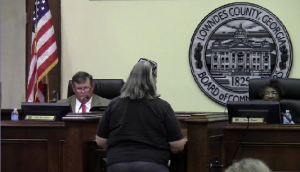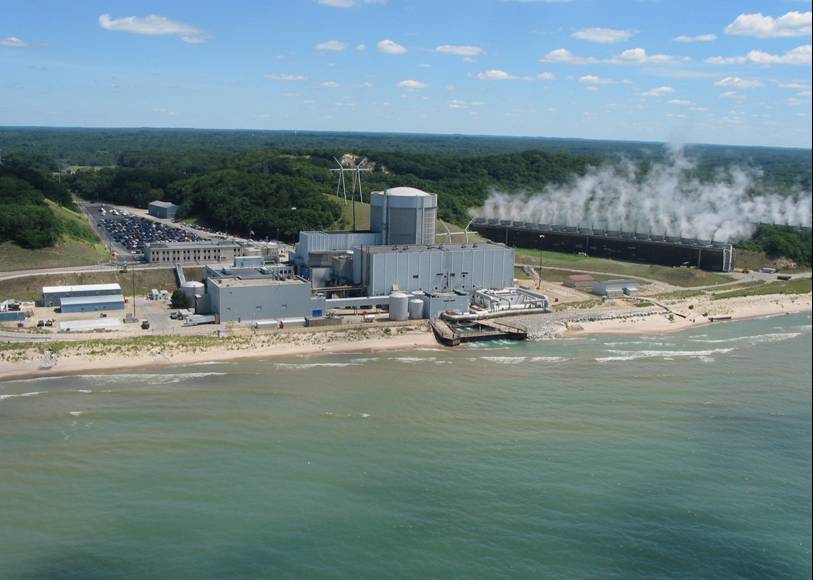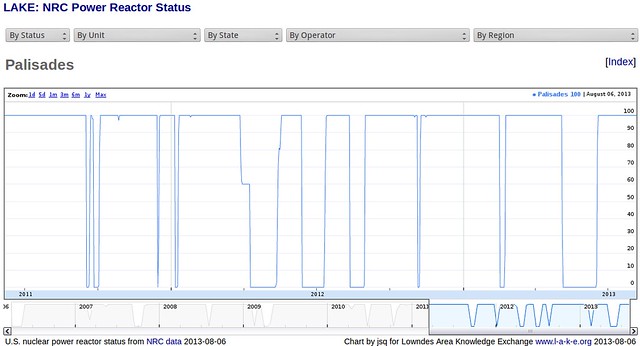A citizen didn’t appreciate a pipeline company’s bullying, especially when a second pipeline would make his land mostly useless and hard to sell, at the Lowndes County Commission Regular Session 2013-10-22.
 Video.
He said he had an existing pipeline less than fifty feet from his back yard,
and this one would be less than sixty feet on the other side,
wiping out the use of much of his property,
including planting trees.
He said he probably couldn’t even sell his property with two pipelines on it.
He asked for help from the Commission.
Video.
He said he had an existing pipeline less than fifty feet from his back yard,
and this one would be less than sixty feet on the other side,
wiping out the use of much of his property,
including planting trees.
He said he probably couldn’t even sell his property with two pipelines on it.
He asked for help from the Commission.
Commissioner Crawford Powell asked for the name of the road Kicklighter lived on.
Here’s the video: Continue reading


















